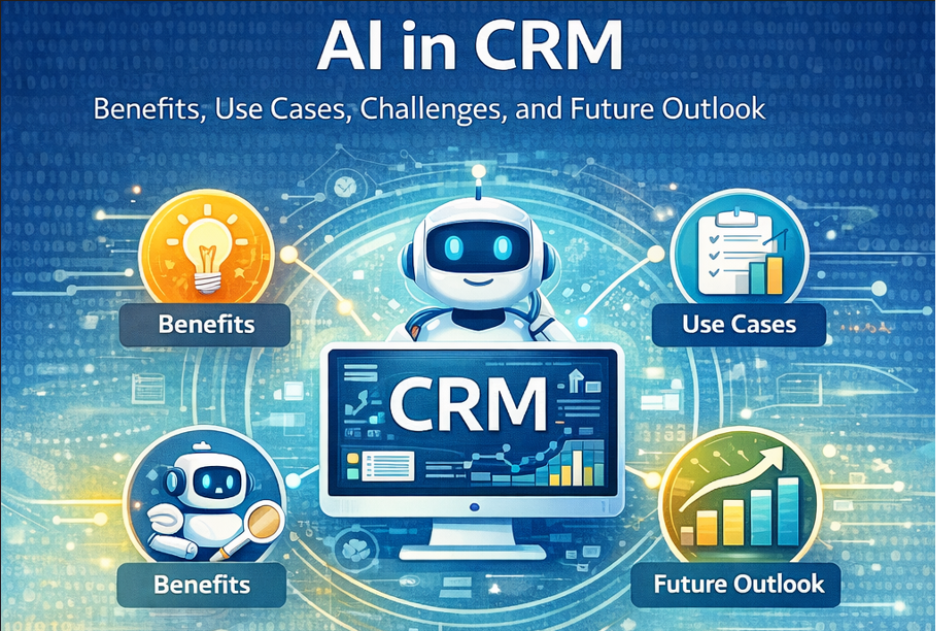Have you tried utilizing older content on your website? Well, previously published content can be used to create new blog posts.
The idea of renewing old posts is to employ high-quality content. Older published content is credible, but it may lose authenticity with time. Regular updates are required to keep the content fresh and engaging.
This article will explore how old content is used to create catchy blog posts.
What is Repurposing?
Repurposing content, also called content recycling is the process of reusing all or parts of previously created content. The main objective of repurposing is to broaden the audience that can potentially consume that content.
Repurposed material is usually created by transforming it into a different format. For instance, a blog article could be converted into an infographic.
Why Old Content is Repurposed?
A question may be flashing in your mind. Why is there a need to rebrand the old content when you can simply publish a new one? The efforts can be utilized to create new and engaging content.
Older content is easier to scale. Writing a blog post from scratch requires a lot of research. It takes more time to create a new post. At the same time, the previously published requires some tweaks.
Here, I will state some reasons for reusing the content that has already been reused.
- Older content has built some authority over the Internet.
- Previously published content already has an audience.
- The search engine prioritizes the updated content.
- Repurposed content ranks higher.
- It indicates that the website is active.
Identifying What Content Can Be Repurposed
Not all content requires repurposing, so a proper choice of which to change must exist. Before converting your old content into new and fresh content, perform these two steps.
First, make a list of all the posts. Create a sheet and add the title or URL of each post. Use analytics software to determine performance. Add all the metrics to the sheet against each article. You can also generate reports using the software.
Now, you have a list of all the published blogs along with all the metrics. The second step is to decide which post can make an impact. Decide on what strategy is useful to convert the older posts. How many blog posts require an update? Which posts need a complete rewriting?
All these questions must be addressed before repurposing the content. The overall content is improved while repurposing.
How to Write Catchy Blog Posts
There are two different approaches to updating blog articles. Some bloggers alter the headline and a few sections of their posts, while others take a more subtle approach. A few people even rewrite the entire post.
Either way, keeping up with the content strategy goals is crucial. Here are guidelines to help you create engaging blog posts by repurposing them.
1. Craft a Compelling Title
Titles are very important for getting people to visit your website. Visitors will only click on a link if it is interesting and useful. A catchy phrase will increase the CTR. The material must fit with the title.
Product details need to follow the same rule. The description of the product needs to be interesting and useful.
2. Improve Keyword Targeting
When utilizing the older content, make sure to improve the SEO. The content needs to reach more people to rank better. Keyword targeting is the best way to rank at the top of the search engine result page (SERP).
Adding popular keywords to the content will improve user engagement. Keywords improve the relevancy of the content, which is the first factor in attracting the audience.
3. Target Specific Audience
Analyze and figure out who you want to reach. This is the most important thing to consider if you want to connect with your viewers. Written content needs to be based on what the intended audience wants.
The audience is targeted based on age, gender, interests, and other factors. Conducting extensive research on your audience can save you time and money.
4. Use a Consistent Tone
Maintaining a consistent tone throughout the content is important to capture the reader's attention.
The tone and writing style are selected according to the user's preferences. To keep the reader on the webpage longer, try thoroughly using a consistent writing style.
5. Ensure Readability
Users stay interested in material that is easy to read and relevant. It needs to be simple to understand.
In general, it makes the information work better. To do this, you can add videos and images to make complicated topics easier to understand.
Maintaining an effective structure can make content easier to read. If the text is easy to skim and scan, the reader can find what they need.
6. Use Digital Tools
Online tools are a great way to create catchy blog posts. AI tools like Chatbots, keyword research, paraphrasing tools, grammar checkers, etc., can be utilized to create accurate and engaging content.
Online Chatbots assist in the writing process. The paraphrasing tool helps to create eye-catching content. It removes ambiguities and creates unique content.
A keyword research tool helps find relevant keywords to improve SEO, and a grammar checker removes writing errors.
7. Add Updated Stats
While rewriting the content, make sure to update the facts and stats. Audiences look for fresh content; old stats can divert your audience to your competitor’s site.
As discussed earlier, search engines prioritize fresh and updated content. The same is true for the audience, which likes to read regularly updated content. You can also add quotes to build credibility.
8. Include Internal Links
Internal links are important to ensure a larger audience. Linking your previous content to the newer posts can help keep the reader intrigued. It shows that the website is informational and covers all the aspects of the topic.
9. Add Visuals
Images or videos are used to simplify complex topics. So, adding one to your content will increase the user engagement. Adding relevant images to the content can increase the readability.
Adding image alt text is also crucial. It makes the image searchable. In addition, it is shown at the place of the image if the image has not been downloaded yet. This can decrease the bounce rate.
10. Improve Meta Descriptions
The meta description tells the user what content is present on this site. It is a preview of the main content.
Take your time to craft a perfect meta description because it urges the user to click on the website. More clicks will increase the website traffic.
Conclusion
Reusing already published content is essential to keeping the website active. It is easier to rewrite than create it from scratch, and the older content easily ranks on the website.
Identifying which content to rewrite can be challenging. Analyze each post's performance and choose which content needs to be repurposed.
While paraphrasing older content, up-to-date content is added. This helps to remove mistakes, and updated information intrigues the reader.



